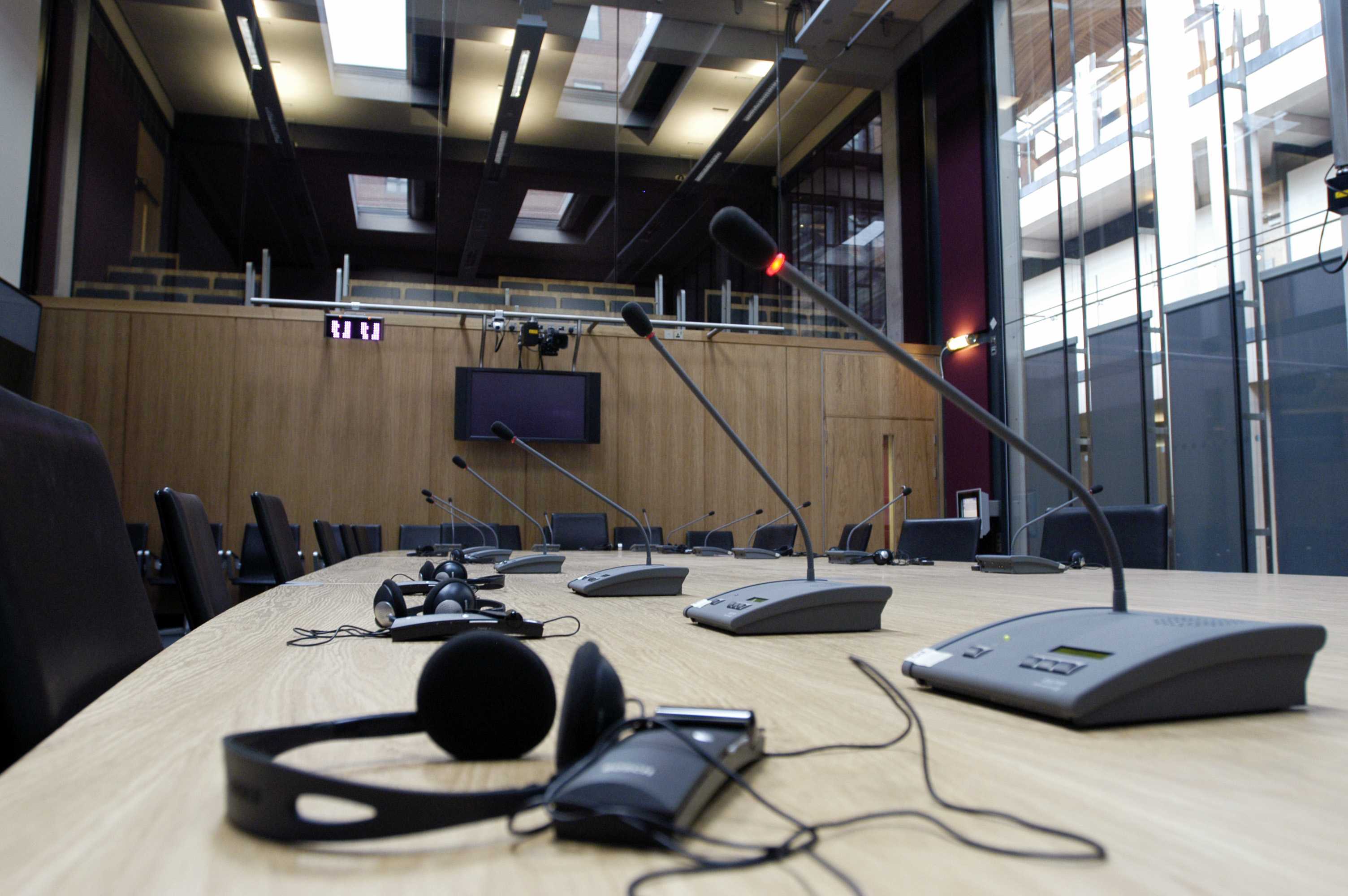Article by Joe Champion, National Assembly for Wales Research Service
 The National Assembly for Wales represents the people and interests of Wales, and as a democratic body it seeks the input of Welsh citizens in its decision making process. To help facilitate this a Petitions Committee was created in 2007, with an online petitions system introduced in 2010. The Committee was set up to enable members of the public who feel strongly about an issue to gather support and submit a petition to the Assembly in a way that is accessible and meaningful. Petitions can help to hold the Welsh Government and other decision makers to account, seek information from them and give petitioners the chance to make their case directly to Assembly Members. Anyone can view and sign petitions that are currently gathering signatures on the Assembly’s online petitions service. For security reasons, an e-mail address can only be used once when signing a single petition. Submitting your Petition Petitions can be submitted online through the Assembly’s website, or template paper copies of Petition forms can be downloaded. All petitions should:
The National Assembly for Wales represents the people and interests of Wales, and as a democratic body it seeks the input of Welsh citizens in its decision making process. To help facilitate this a Petitions Committee was created in 2007, with an online petitions system introduced in 2010. The Committee was set up to enable members of the public who feel strongly about an issue to gather support and submit a petition to the Assembly in a way that is accessible and meaningful. Petitions can help to hold the Welsh Government and other decision makers to account, seek information from them and give petitioners the chance to make their case directly to Assembly Members. Anyone can view and sign petitions that are currently gathering signatures on the Assembly’s online petitions service. For security reasons, an e-mail address can only be used once when signing a single petition. Submitting your Petition Petitions can be submitted online through the Assembly’s website, or template paper copies of Petition forms can be downloaded. All petitions should:
- Include the title or subject of the petition;
- Provide a clear and concise statement covering the subject of the petition. It should state what action the petitioner wishes the National Assembly for Wales to take;
- Contain the lead petitioners name and contact address (in case they need to contact you about the petition. This will not be placed on the website);
- Ensure that the petition has a start and end date for the petition (a period of between four and eight weeks is recommended).
Will it be accepted? There are some petitions the Committee cannot, currently, act on. These are petitions that:
- Have fewer than 10 signatures (unless they are submitted by organisations or associations in which case only one signature is required);
- Ask for things outside the remit or powers of the National Assembly for Wales;
- Ask the Assembly to intervene in the operational decisions or actions of local authorities, including planning decisions;
- Are the same as, or substantially similar to, a petition which was closed less than a year earlier;
- Relate to anything that is currently under review through the UK judicial system;
- Are clearly defamatory, offensive or likely to cause upset;
- Are designed to act as a commercial endorsement.
Petitions that fulfil these criteria are considered inadmissible and will not be considered by the Committee. A list of past, inadmissible petitions are available online. In cases where petitions have been submitted, but there are issues with spelling, grammar or clarity of the petition, the petitioner may be contacted to rephrase the petition. What happens next? Once the petition is considered admissible, it goes to the Committee which can take a number of actions to progress it, including:
- Seeking further information from Welsh Ministers and other decision makers in Wales;
- Seeking further information from the Assembly’s Research Service or Legal Service;
- Inviting petitioners or any other organisation to present oral evidence (not all petitioners will be invited to give evidence, and it is up to the Committee to decide who to invite);
- Conducting a short inquiry into the issue, to see what can be done to resolve the issue;
- Asking another Committee to consider the issue. Whether they then take up the issue is a decision for that Committee.
Whenever further information is received, the Petitions Committee will consider the petition again and decide what action to take in light of this new information. Before the Committee re-considers a petition, the petitioner is informed of the date and time of the next meeting and their views are sought on the new information. Committee staff will also let the petitioner know the outcomes following the meeting. A petition will be considered closed when:
- the original issue has been resolved to the satisfaction of the petitioners; or
- when it is clear that little or no further progress can be made (often after a Minister makes a clear statement of policy that they do not intend to, or cannot, implement what the petition is calling for).
When the Committee agrees to close a petition, it notifies the petitioner and states the reasons for closing it. This is usually done in a letter from the Committee Chair, which will include a summary of the action taken on the petition. How Many People Actually Use the Service? During the Third Assembly (2007-2011), when the petitions system was first launched, 342 petitions were submitted (262 admissible, 80 inadmissible). Of these, 203 were closed and 59 were handed over the petitions Committee of the Fourth Assembly. This meant that on average around 7 petitions (5 admissible and 2 inadmissible) were submitted every month during the Third Assembly. From the start of the Fourth Assembly (2011) to November 2014, 491 petitions were submitted to the Committee (321 admissible, 170 inadmissible). This meant that on average approximately 11 petitions (7 admissible, 4 inadmissible) were being submitted each month. Petitioning the National Assembly of Wales in the Future The Assembly has currently been reviewing the way its petitions system operates, to ensure that it matches the needs of the Welsh people during the next Assembly. The consultation has focused on:
- The current admissibility criteria and whether they should be expanded; and
- The way in which admissible petitions are dealt with, could more be done to help petitions find a positive resolution to their issue.
To do this the Petitions Committee has been comparing the Welsh system with other petitioning systems across the World and getting the views of stakeholders, past petitioners and members of the public on where improvements can be made. To follow the progress of the review, visiting the Assembly’s Petitions webpage. For more information you can contact the Petitions team by emailing SeneddPetitions@assembly.wales or calling 0300 200 6565. You can also follow the Committee on Twitter @SeneddPetitions or find out more online at www.assembly.wales/petitions.






